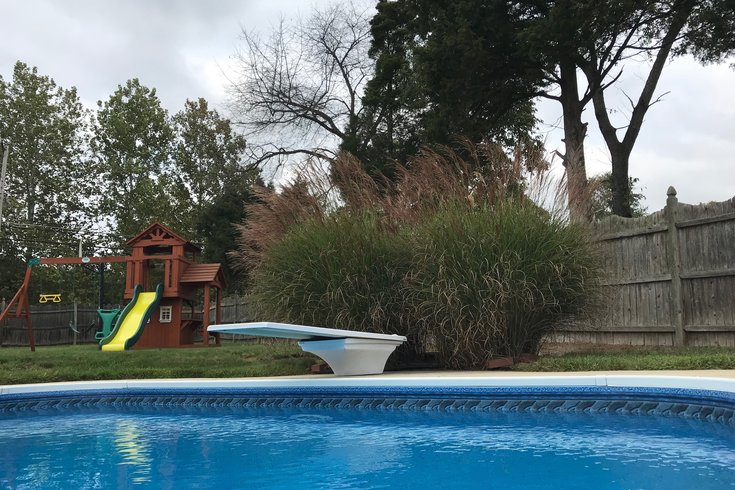
July 14, 2016
 File Art/for PhillyVoice
File Art/for PhillyVoice
Make warm-weather fun as safe as possible with these these safety tips
If there’s a pool available, kids want to be in it. Swimming is not only fun, it’s also terrific exercise. However, the American Red Cross estimates that more than 200 children drown in backyard swimming pools every year. Pool ownership comes with responsibilities, one of which is conscientious supervision.
Do yourself and your family the ultimate favor. Make warm-weather fun as safe as possible this summer season by reviewing these safety tips – even if you think you already know the ropes.
Knowing how to swim is the best way to ensure that kids won’t drown. Invest in swimming lessons for your kids right off the bat. “Water-orientation” and swimming lessons are available in most towns and cities for kids of all ages. Investigate, on your local municipality’s website. Babies as young as 6 months can benefit from fun parent/child swim programs, and kids can start swim lessons by themselves at around 4 years old.
Different municipalities have different rules regarding swimming pool fences. Generally, a four-foot high fence or barrier – with a self-closing, self-latching gate – is essential. Make sure the latch is well out of the reach of toddlers, about 54 inches off the ground. But a fence isn’t the end of it. When a pool isn’t in use, a safety cover is recommended, and any portable steps or ladders that can provide access to the water should be removed when adults aren’t around.
No matter how comfortable they may be in the water – and many parents tend to overestimate their kids’ swimming abilities -- children cannot be left alone in the pool without adult supervision. Period. And for very young children, parents should be within arm’s length. Resist the temptation to leave kids in the pool to answer the phone in the house, or the front doorbell. The unthinkable can happen fast.
Set and enforce safe behaviors that your children, friends, and neighbors must adhere to. The basics include: No running on the pool deck or perimeter; always ask permission to use the pool; no electrical appliances near the pool; no riding toys such as bikes near the water; and always stay away from drains and filters (the suction can be a hazard).
A foam rescue-ring or float should be hung in a visible spot nearby for quick access if needed. A rescue pole or “life hook” is also a good thing to have on hand for larger pools. Many homeowners are now purchasing pool alarms that alert them when someone has accidentally entered, or fallen into, the pool.
All backyard pool owners should know the basics of CPR [cardiopulmonary resuscitation]. It has saved countless children and adults pulled from the bottom of pools. Rec centers, hospitals, even local fire departments offer CPR classes (Click here to find a CPR course near you). Consider taking one as a family.
Life-long spinal (and other) injuries can be the result of diving into pools that are too shallow. In general, diving in backyard pools should be discouraged, unless you have a 9-foot-minimum deep end. And above-ground pools are always too shallow for diving.